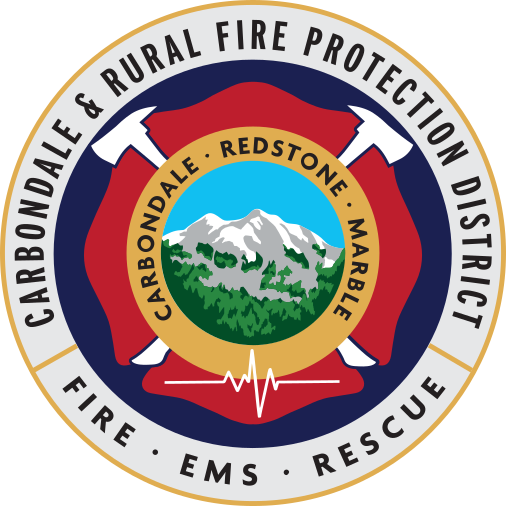Be Fire Aware, Even When It’s Warm
By admin Published May 8, 2018

It’s easy to associate home fire protection with colder months, like December and January. Most picture the use of space heaters, fireplaces and strings of holiday lights when they think of home fire prevention.
Just because we’re less likely to turn the heat on doesn’t mean we shouldn’t be vigilant when it comes to protecting ourselves and our property from fire hazards. As you transition from sweaters to shorts, deep fryers to grills, and indoor holiday parties to backyard barbecues, keep an eye on these fire-prone areas:
Grills
Fire is unavoidable when it comes to preparing the perfect burger or rack of ribs on the grill. The National Fire Protection Association (NFPA) reports that an average of 8,900 home fires are caused by grilling each year. Here are some fire safety tips for the grill:
- While the meat is marinating, be sure to check the grill for proper connections at places like the propane tank, the hose, and all connecting points.
- Charcoal should be soaked with charcoal starter fluid only. Don’t squirt starter fluid directly on the fire.
- Make sure your grill is clean. Failing to clean the grill before and after use is a contributing factor in nearly 20% of all structure fires started by a grill!
- Make sure your grill is set up in an open, outdoor area with nothing flammable (plants, paper products, etc.) nearby.
Outdoor Fire Pits
Fire pits are great to sit around in the evening, but there are safety precautions you need to think about.
- Don’t squirt starter fluid directly on the fire pit.
- Make sure your fire pit is set up in an open, outdoor area with nothing flammable nearby.
- Never leave young children unattended near a fire in the pit.
- Fill a bucket with water and set it next to the pit before you even begin building the fire.
- Avoid throwing leaves, pine cones, pine needles and paper into the fire. They catch fire quickly and can result in dangerous floating embers.
- Unless there’s an emergency, avoid dumping the entire bucket of water on the fire to put it out. Instead, spread the pieces of fuel as far apart as possible and gently sprinkle water over them until there are no more glowing embers. This prevents the scatter of embers and a thick cloud of smoke.
- Toast your marshmallows over the embers rather than the flames. This not only gives them that perfect golden crust but prevents them from catching on fire.
Chimneys
Once you are done using your fire place for the season, it is a perfect time for a chimney inspection. The NFPA recommends having a chimney inspected and thoroughly cleaned at least once a year.
Smoke & Carbon Monoxide Alarms
Did you remember to change the batteries in your smoke and carbon monoxide detectors when the time changed in March? The batteries should be changed twice per year, we recommend changing those batteries when you change your clocks. Don’t forget to test your smoke and carbon monoxide alarms each month.
Dryers
A Ieading cause of clothes dryer-related fires is a failure to keep them clean. Empty the lint filter every time you are ready to put a load in the dryer. The NFPA recommends cleaning out the vent pipe at least once a year, so why not add that to your annual spring cleaning list?
As always, if you have any questions, please give us a call at the Carbondale Fire District. We’d be happy to talk to you about any of these topics!
